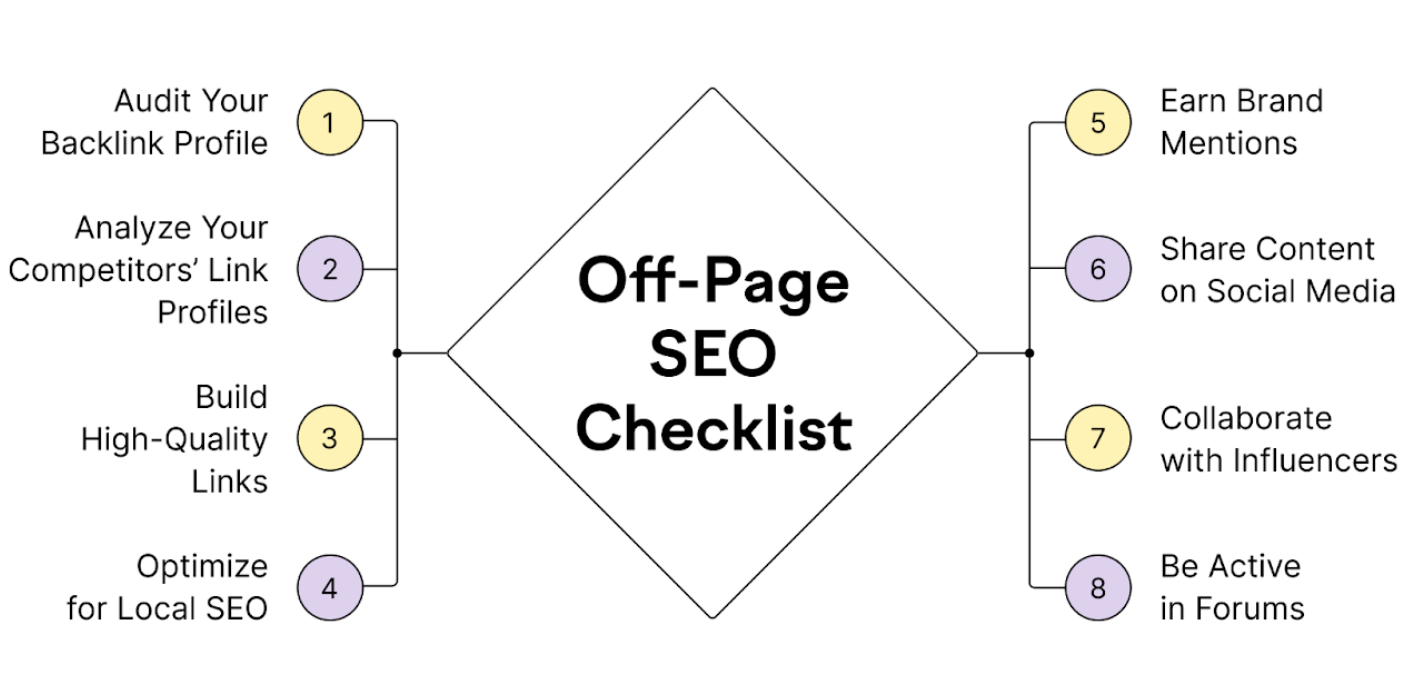JavaScript is a widely used programming language for creating dynamic web pages with enhanced user experience. However, the same JavaScript code can also be responsible for slowing down website performance, leading to frustrated users and lost revenue. This article will explore several techniques for optimizing JavaScript to boost website performance.
Implementing these techniques can improve page loading times, reduce server load, and enhance the overall user experience. Whether developing a new website or maintaining an existing one, learning how to optimize JavaScript is essential for maximizing your online presence. So let’s dive in and discover the top optimization techniques to boost your website’s performance with JavaScript!
JavaScript Optimization Techniques
Here are several techniques for optimizing JavaScript to boost website performance.
Minification and Compression
Minification and compression are fundamental techniques for optimizing JavaScript code. Minification involves removing unnecessary characters, spaces, and comments from the code and reducing its size. Conversely, compression involves further reducing the size of the JavaScript file by applying algorithms such as gzip or brotli compression. These techniques significantly reduce the file size of JavaScript code, resulting in faster download and execution times.
Asynchronous and Deferred Loading
One common cause of slow website performance is blocking JavaScript execution. By default, JavaScript is executed synchronously, meaning the browser waits for the JavaScript file to fully load and execute before rendering the rest of the page. This can cause delays in rendering and result in a poor user experience. Asynchronous and deferred loading techniques allow JavaScript files to load in the background while the rest of the page loads and render. Asynchronous loading ensures that JavaScript files don’t block the rendering of the page, improving performance and reducing load times.
Lazy Loading
Lazy loading is a technique that defers the loading of non-critical JavaScript until it is needed. This is particularly useful for websites with large amounts of JavaScript or pages with content below the fold. By lazy loading JavaScript files, you can prioritize loading essential content and delay loading non-essential scripts. This approach reduces the initial load time of the page, allowing users to access critical content quickly. Lazy loading can be implemented using libraries like LazyLoad or by custom coding based on specific requirements.
Caching and Content Delivery Networks (CDNs)
Caching and CDNs play a significant role in optimizing the delivery of JavaScript files. By leveraging browser caching, you can instruct the user’s browser to store a local copy of JavaScript files, reducing the need for repeated downloads. This improves subsequent page loads as the browser can retrieve the cached files instead of downloading them again. Additionally, using a Content Delivery Network (CDN) can help deliver JavaScript files from servers geographically closer to the user, reducing latency and improving overall performance.
Efficient DOM Manipulation
Manipulating the Document Object Model (DOM) with JavaScript can significantly impact website performance. Frequent and inefficient DOM manipulations can lead to rendering delays and increased CPU usage. To optimize DOM manipulation, minimizing unnecessary DOM interactions and using efficient techniques like batch processing or utilizing virtual DOM libraries such as React or Vue.js is important. By reducing the number of DOM manipulations and optimizing the necessary ones, you can enhance website performance and ensure a smooth user experience.
Performance Monitoring and Testing
Optimizing JavaScript code is an ongoing process, and monitoring and testing your website’s performance regularly is crucial. Various tools, such as Google PageSpeed Insights, WebPageTest, and Lighthouse, can analyze your website’s performance and provide suggestions for improvement. Regularly monitoring performance metrics like page load time, time to interact, and network activity can help identify areas for optimization and ensure that your website consistently delivers an excellent user experience.
Conclusion
In conclusion, optimizing JavaScript code is an essential technique for enhancing website performance. By minimizing file sizes, reducing the number of HTTP requests, and improving rendering speed, website owners can significantly enhance user experiences. Implementing the discussed techniques requires a deep understanding of JavaScript and web development, but the results are worth it. Websites that load quickly and perform smoothly are more likely to attract and retain visitors. With proper optimization, website owners can also improve their search engine rankings. Therefore, it is recommended that web developers prioritize JavaScript optimization in their workflow to deliver exceptional user experience and improve website performance.



